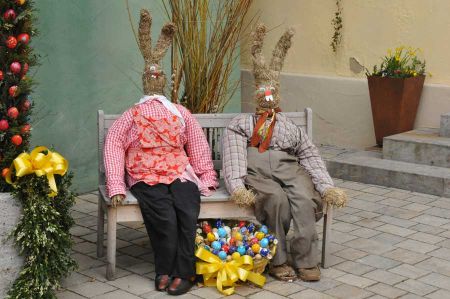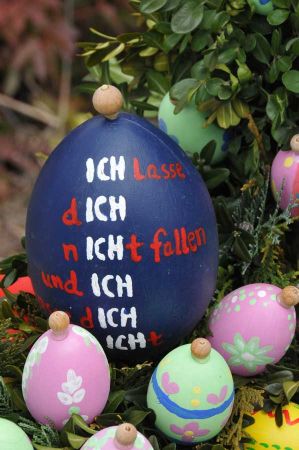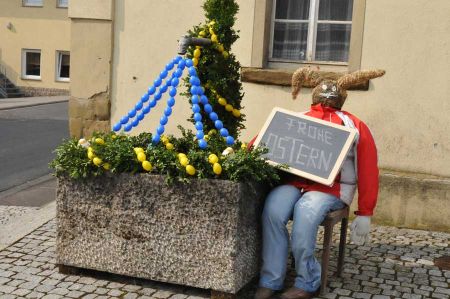Easter and the Easter bunny - mythology about painted eggs
- Written by Portal Editor
Pastor Jean Richier called the Easter bunny hiding the eggs "a fable to be opened to the simple-minded and to children" (fabula, que simplicioribus et infantibus imponunt) and he consequently had to leave his native France in the 17th century for reasons of religious persecution.
Nevertheless, he found a new home in Germany.
Many others including the view of many in cultural studies, saw the reason for the strong upswing that the Easter Bunny belief finally took in the 19th century in the industrial production of cheap beet sugar, which finally made the production of affordable chocolate bunnies and eggs possible.
Linking the rabbit to the egg


At one point in the Bible, Ps 104.18 EU, older translations speak of "hares". The reason for this was the Latin translation of Spr 30.26 EU, in which Hieronymus translated the Hebrew "schafan" (rock hyrax) with "lepusculus" (bunny). Since late antiquity, this place has been interpreted as a symbol for the weak man (hare) who seeks refuge in the rock (Christ). This interpretation probably justified the rabbit symbolism in Christian iconography.
Please read as well:
Easter Bunnies made of tree slices - but why Bunny?
Underwater fortress discovered in the Turkish Van lake
